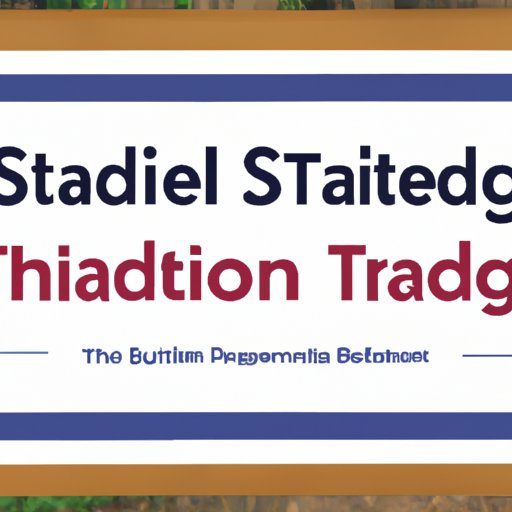Introduction
Situational Leadership Theory (SLT) is a management model developed by Kenneth Blanchard and Paul Hersey that outlines how managers or leaders should adapt their leadership style to best fit different scenarios. It suggests that there is no one-size-fits-all approach to leadership, and that different situations require different types of leadership styles. The purpose of this article is to explore what SLT is, its foundations, components, benefits, and limitations, as well as how it can be applied in real-world scenarios.
Exploring the Foundations of Situational Leadership Theory
SLT was first introduced in 1969 in Blanchard and Hersey’s book “Management of Organizational Behavior: Utilizing Human Resources”. In their original model, they outlined four main leadership styles: telling, selling, participating, and delegating. Since then, the theory has been further refined to include three distinct leadership styles: directive, supportive, and delegative. Additionally, SLT also identifies four levels of follower readiness: R1 (low competence and low commitment), R2 (low competence and high commitment), R3 (high competence and variable commitment), and R4 (high competence and high commitment).

Examining the Components of Situational Leadership Theory
The main component of SLT is the leadership styles. Directive leadership is characterized by clear instructions and expectations from the leader, while supportive leadership focuses on creating a positive environment and motivating followers. Delegative leadership is when the leader gives followers autonomy and trusts them to make decisions on their own. These leadership styles are not mutually exclusive, and leaders may use a combination of styles depending on the situation.
SLT also emphasizes the importance of identifying the appropriate style for each situation. Leaders must take into account the follower’s readiness level, which is determined by their level of competence and commitment. For example, if a follower has low competence but high commitment, a directive style may be more effective. On the other hand, when dealing with a follower who has high competence but low commitment, a supportive style might be more appropriate.

How Situational Leadership Theory Helps Leaders Make Effective Decisions
SLT provides leaders with a framework for making effective decisions. By understanding the different leadership styles and follower readiness levels, leaders can better understand the needs of their followers and adjust their leadership style accordingly. This allows them to be more flexible and responsive to changing environments. Additionally, SLT can help leaders clarify roles and responsibilities, as well as provide them with the right tools to lead successfully.
The Benefits and Limitations of Situational Leadership Theory
SLT has many advantages, such as providing leaders with an effective way to manage people and helping them to better understand their followers. It can also help to create positive workplace cultures, build trust and respect, and enhance collaboration among team members. However, there are some limitations to the model, such as the difficulty of assessing follower readiness levels accurately, the lack of a single solution for all situations, and the potential for misuse of the model.

Understanding How Situational Leadership Theory Impacts Organizational Behavior
SLT can have a significant impact on organizational behavior. By focusing on creating a positive workplace culture, leaders can foster a sense of belonging and engagement among employees. Additionally, SLT encourages leaders to build relationships based on trust and respect, which can improve communication, collaboration, and overall productivity. Finally, SLT helps to create an atmosphere of support and understanding, which can lead to improved morale and higher job satisfaction.
Applying Situational Leadership Theory to Real-World Scenarios
SLT can be applied to real-world scenarios by analyzing specific situations and developing appropriate strategies. For example, when faced with a challenging employee, a leader could assess the individual’s readiness level and determine the most effective leadership style to use. They could then devise a plan to address the issue and implement it accordingly.
Conclusion
In conclusion, Situational Leadership Theory provides leaders with a framework for understanding and responding to different situations. By taking into account the different leadership styles and follower readiness levels, leaders can make more effective decisions, create positive workplace cultures, and enhance collaboration among team members. Although the model has some limitations, it can still be applied to real-world scenarios with the right strategies and tools.
(Note: Is this article not meeting your expectations? Do you have knowledge or insights to share? Unlock new opportunities and expand your reach by joining our authors team. Click Registration to join us and share your expertise with our readers.)
